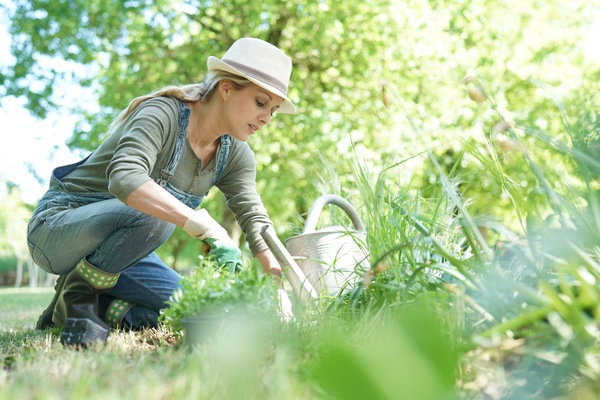
Spring is a gorgeous time of year. Everything turns green, flowers start to bloom, the days warm up, and the wildlife comes out of hiding. This makes spring the ideal time to perform some much-needed garden maintenance after winter.
The following tips may seem like stating the obvious, but if you start at the beginning and work through each one, your garden will soon become a springtime delight.
Check limbs and branches to see if any need pruning or removing. If any tree limbs are hanging dangerously or the branches are too high, contact an arborist for a professional job.
During fall and winter, most trees lose their leaves. Remove all fallen sticks or branches on the lawn, and then rake the leaves and debris that have collected both on your lawn and in the garden beds.
Woody plants need dead or damaged branches removed so they will grow well in spring, but blooming plants should not be pruned until after they’ve bloomed. Wait to prune until after May, just in case there’s an unexpected cold spell or freeze.
You should test your soil every 3 to 5 years to see what it needs. Your local Edgewater nursery can give you advice on how to test the soil and replenish it.
Perennials need some time to grow before the heat sets in, so always plant them first. Once the ground is no longer frozen, it’s time to plant new trees and shrubs. Visit your Edgewater nursery to find out which native plants and trees are available.
A good layer of mulch over your fertilized and prepared soil will help keep the weeds at bay.
Once you have your Edgewater landscaping planned and planted, it’s time to clean up or replace the birdbaths and birdfeeders. You’ll need the birds for flower pollination, so make sure you have food and water ready for them.
A little bit of hard work at the beginning of spring will set your garden up to be its best, and then you can sit back and enjoy the fruits of your labor.